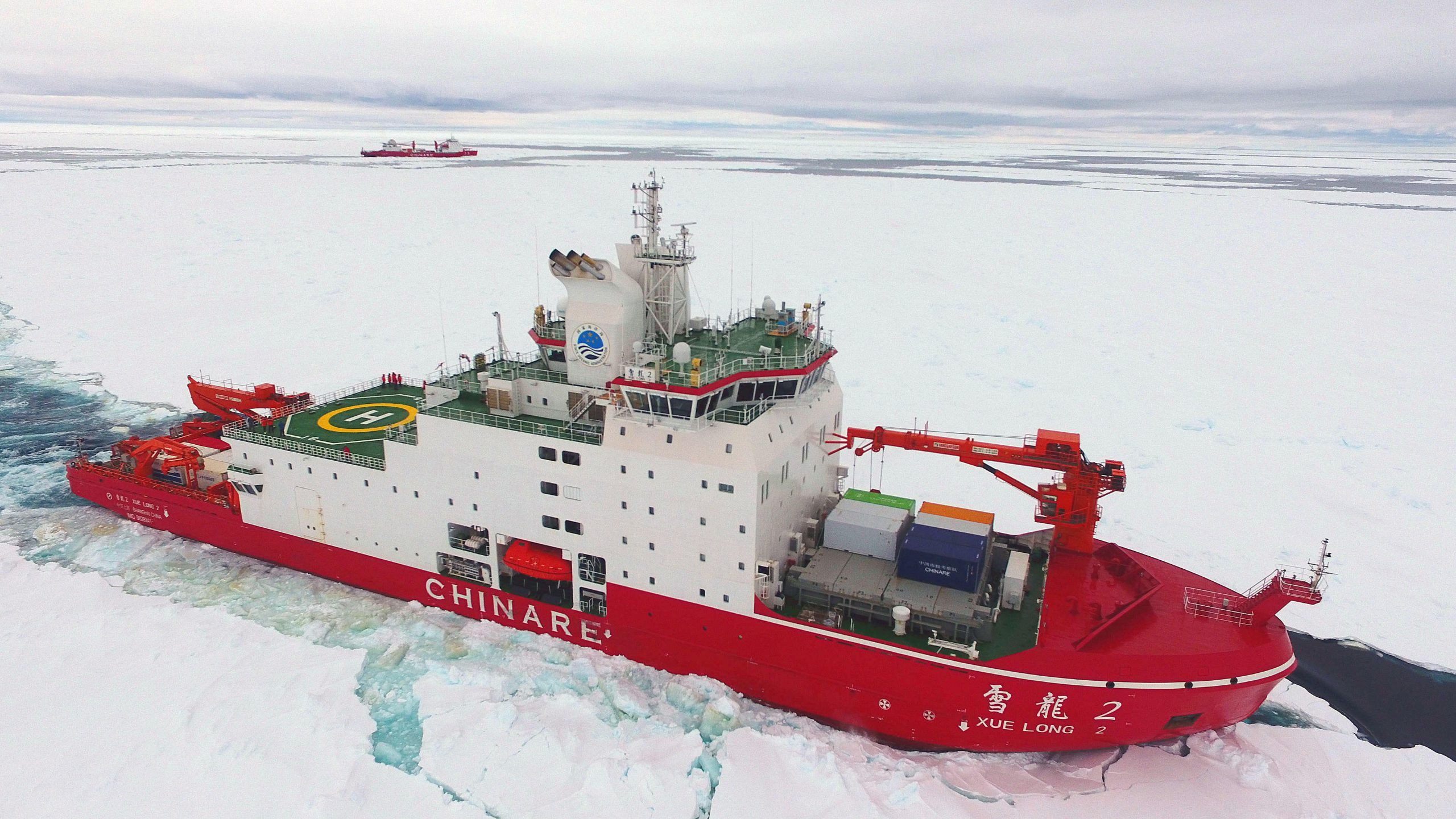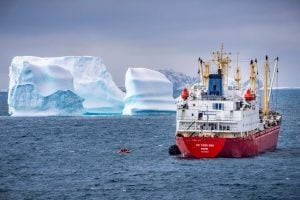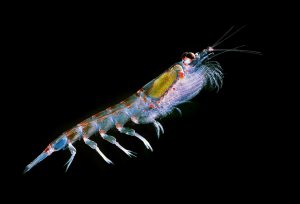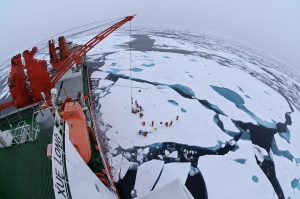China is investing more than any other country in its Antarctic research programme. In part, this is to support its interest in exploiting the region’s rich marine resources. But China is also concerned about the sustainability of fishery stocks, particularly krill, and is increasingly keen to be seen as a global leader when it comes to environmental protection. With a fifth Antarctic research station already being built, how will China use the data it’s gathering? Will it put the might of its science behind new marine protected areas so vital to safeguarding the Southern Ocean’s ecosystem?
Guests
- Dr. Liu Nengye, Macquarie Law School
- Julian Chen, Greenovation Hub
More from this series
Podcast: Protecting the Southern Ocean for China’s next generation
Transcript
China’s fifth Antarctic research station is currently being built on an outcrop of rock known as Inexpressible Island, in the Terra Nova Bay of the Ross Sea, with completion expected in 2022.
The new base will cover an area about the size of a football pitch and house up to 80 people in summer and 30 in winter. China already has four operational research stations in Antarctica. Yang Huigen, director of the country’s Polar Research Institute, says this fifth base will “fill the gap of China’s monitoring efforts in Antarctica, and support marine research and conservation in the Ross Sea and the South Pacific”.
According to Zhang Tijun, head of station operations at the institute, the Ross Sea has “an important geostrategic position” in Antarctica. The Ross Ice Shelf is Antarctica’s largest and the Ross Sea is home to abundant marine resources. It is also close to the Transantarctic mountains, an area of interest to scientists due to its active volcanoes and dry valleys.
China’s first research station, Great Wall, was established in 1985 on King George Island to conduct ecological monitoring and research. The second, Zhongshan, was built in 1989 on Larsemann Hill to study glaciers, ice shelves and geology.
It took another two decades for the third station to be established in 2009 – Kunlun is positioned on Dome A near the centre of East Antarctica and specialises in drilling ice cores and climatology. The fourth station, Taishan, was opened in 2014 on Princess Elizabeth Island and studies meteorites in the Grove Mountains.
These stations show China’s keen interest in the region. The country spent over 300 million yuan (US$43 million) on Antarctic research between 2001 and 2016, more than any other country, and 18 times the amount it invested in the 15 years before that.
This is in part because it’s playing a game of catch up with other countries. The first permanent base on Antarctica – Omond House – was set up by a group of Scottish scientists more than 80 years before China arrived on the continent.

As Julian Chen, senior researcher at the Chinese environmental NGO Greenovation Hub, tells us in this podcast, until last year China’s capacity to conduct marine research in Antarctica had also been very limited: “They had only one icebreaker, but they have several stations to supply… it is changing now with the Snow Dragon 2.”
The Snow Dragon 2 – or Xuelong 2 in Chinese – is China’s first domestically built icebreaker and was launched in September 2018. It completed its maiden voyage to Antarctica, a 198-day round trip, in April this year. Built with stronger icebreaking capabilities than its sister ship, the Xuelong, the Snow Dragon 2 was able to keep passages open so that both vessels could drop supplies at China’s stations and also have time to conduct their own research. For the Snow Dragon 2, this included a survey of the Ross Sea.
But the main reason China is spending so much on Antarctic research is its interest in the area’s resources.
Liu Nengye, associate professor at Sydney’s Macquarie Law School, tells us in this podcast that learning more about the region’s marine ecosystem and fishery stocks could “enhance their fishing capacity and make it more profitable”.
Part of this is supporting the better management of Antarctic resources, which China has also indicated a strong interest in doing. In 2016, the country supported the establishment of the Ross Sea Marine Protected Area (MPA), 70% of which is a “no-take zone” where no fishing is allowed.
Two years after that, Beijing published a set of regulations designed to protect the Antarctic environment and ecosystem, as well as regulate China’s activities in the region. Later on in 2018, China’s top legislature included the Antarctic Activities and Environmental Protection Law into its legislative plan.
Julian Chen explains that this move is in line with the country’s more general interest in being seen as a global environmental leader.
“China is expected to demonstrate its leadership in biodiversity conservation at the 15th conference for biodiversity it will host next year,” he said. “Supporting Antarctic MPAs is [also] an option for them to demonstrate [their] leadership.”
Production credits:
Host: Jennifer Turner
Executive producer: Marcy Trent Long
Associate producer: Chermaine Lee
Sound engineer: Chris Wood
Intro/outro music: Alex Mauboussin






![The expedition to climb Lalana was an adventure that none of the people on it would forget; Sudipta (right) and Kamala [image by: Sudipta Sengupta]](https://dialogue.earth/content/uploads/2020/09/Photo-08-300x216.jpg)
